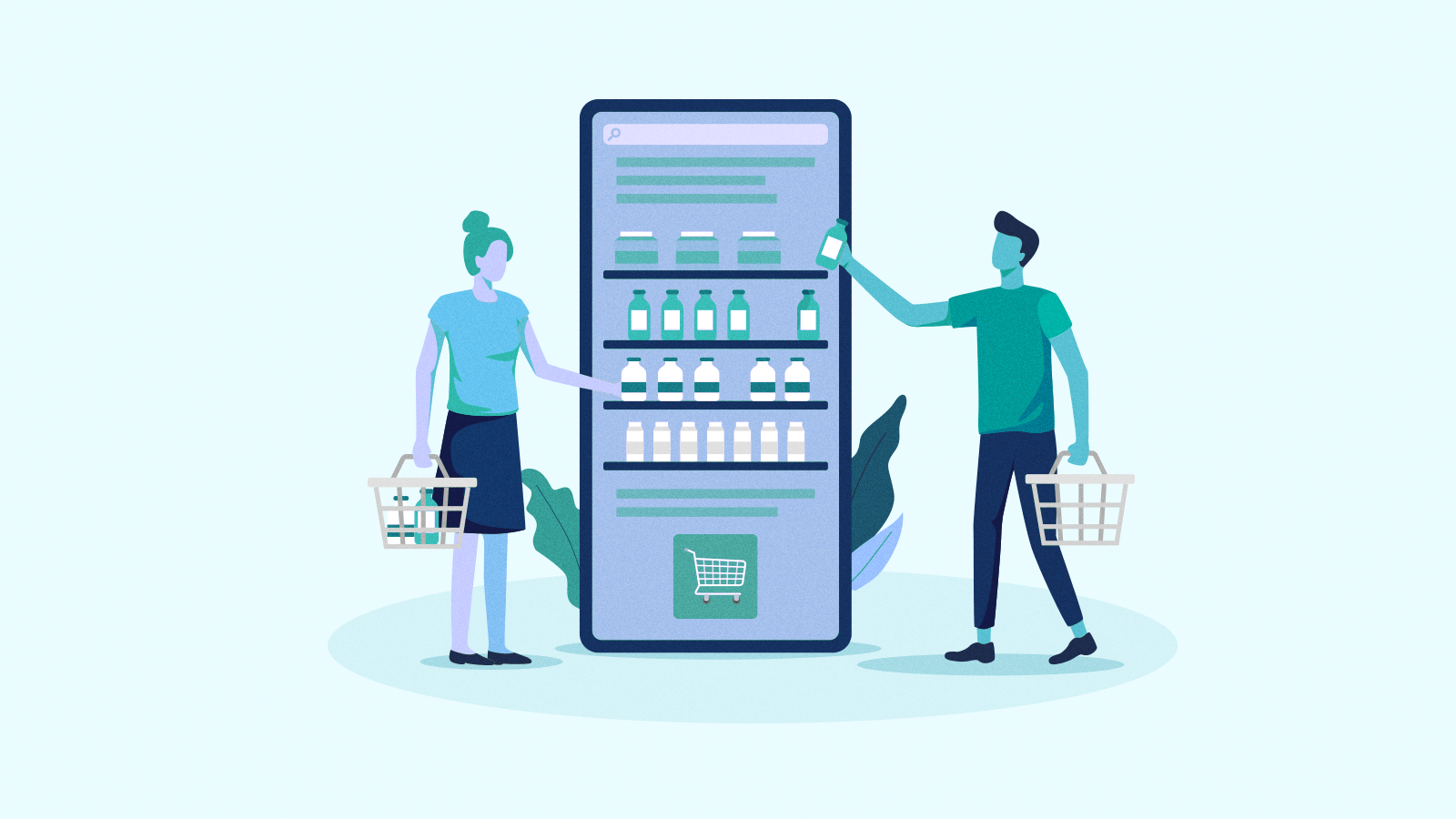While the initial pandemic behaviors of nurturing your sourdough starter and hoarding toilet paper have dissipated since the country went into lockdown in March 2020, some behaviors have shifted indefinitely, and how we shop is one of them.
According to McKinsey data, at the height of the pandemic, 10 years’ worth of e-commerce happened over just 90 days. This accelerated growth of e-comm and impacted consumers across all demographics and industries.
- 10% of cars were sold online during the first five months of 2020, versus 1% during all of 2018
- Brick and mortar locations that were already struggling pre-pandemic filed bankruptcy it seemed like almost weekly throughout 2020
- To survive, they must to adapt to keep up:
• As of August 2020, 43.7% of the Top 500 North American retailers offer curbside pickup, an increase from 6.9% at the end of 2019
• Click and collect sales doubled in 2020, and eMarketer anticipates double digital growth through 2024
- Kroger, Target and Walmart introduced new initiatives to enable more efficient fulfillment and faster delivery to battle Amazon
- Malls have suffered, with foot traffic at indoor malls following the trends of the COVID-19 surges
- CBL & Associates, which operates 107 properties, totaling 66.7 million square feet across 26 states, including outlet centers, filed for Chapter 11 bankruptcy protection in 2020
- Outdoor malls fared much better, but retailers are hesitant to continue with expansion plans
- Social commerce grew to 25.1% in 2020 to 80.1M people, and according to eMarketer that growth is expected to continue and account for 4.3% of retail e-commerce sales in 2021
Once exposed to the convenience of e-comm, click and collect or BOPIS, the way consumers shop has permanently shifted. A couple of tips for retailers to navigate this changing landscape:
- Retailers must continue to evolve to stay competitive. Examples of two approaches:
Nordstrom was already an early adopter of e-comm compared to its department store peers, but they invested in more self-checkouts and curbside pickup/returns, and diversified their offerings, bringing in lower price points at Nordstrom Rack to compete with T.J. Maxx and Ross Stores in 2020
• This approach represents the shift in their customer need, now that 50% of their sales are online — up from a third in 201
- In 2020, Macy’s announced a three-year plan to close 125 lower-performing stores in weaker malls. This is part of longer-term strategy to create smaller stores outside of traditional malls given the shift in consumer behavior.
- Retailers must put customer experience first and invest in accompanying technology for a seamless experience.
Two retailers already investing in technology that focus on ease and personalization, which have become table stakes for today’s consumers:
• Amazon Go, cashier-less stores which already number more than two dozen stores in the U.S., just launched a location in London
• Sephora collects information on customer preferences via an app as they explore and rate products online, and makes them available to sales staff when shoppers visit a store in person
As consumers are increasingly comfortable shopping online, retailers will need to have an e-comm presence to succeed in 2021 and beyond.
Focusing on creating an omnichannel, customer-first environment across your brick and mortar locations, in e-comm on your social channels and even on your packaging is key to getting consumers to choose you again and again.

